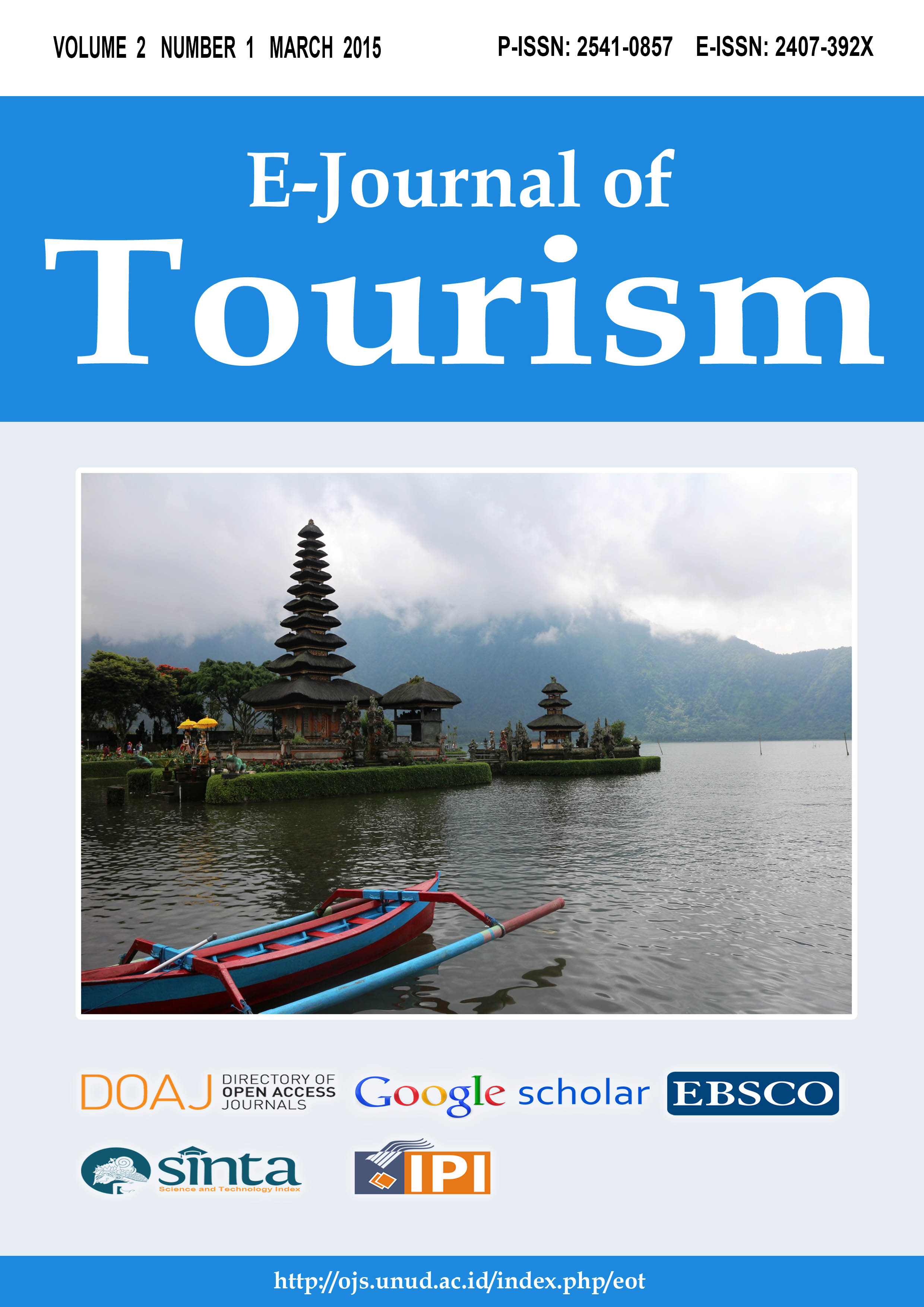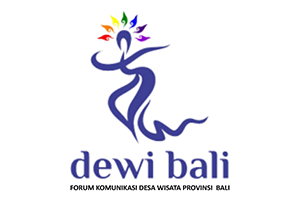Positioning Eco-Tourism for Improving Destination Image of Bali Indonesia
Abstract
Ecotourism attractions in this study include: (1) Bali Marine Park, (2) Bali Elephant Safari Park, (3) Bali Barat (West Bali) National Park, (4) Bali Butterfly Park, (5) Bali Reptile Park, (6) Sangeh Monkey Forest, (7) Ubud Botanic Garden, and (8) Bali Botanic Garden based on the attributes of “facility, attractiveness, accessibility, and service”. This study utilized quantitative method, specifically exploratory research method and conclusive research method based on previous research and existing theories, in order to achieve the research objectvies with the goal to generate new findings. Based on multidimensional scaling analysis, the perception of Bali Botanic Garden is similar to that of Sangeh Monkey Forest and Bali Barat National Park. While not in the same category as Bali Botanic Garden, the similarity coordinate of Ubud Botanic Garden is so close that it is a considerable competitor to Bali Botanic Garden. The ecotourism attractions perceived to have similarities are Bali Butterfly Park and Ubud Botanic Garden. Another grouping based on similarity are Bali Marine Park and Bali Elephant Safari Park, whose similarity coordinates are quite distant from the other ecotourism attractions.
Downloads
Keywords

This work is licensed under a Creative Commons Attribution 4.0 International License.
The copyright of the received article shall be assigned to the journal as the publisher of the journal. The intended copyright includes the right to publish the article in various forms (including reprints). The journal maintains the publishing rights to the published articles.




















